
Toilet Bowl Covered in Yellow Stains? You Don’t Need to Scrub Hard — Use These Simple Tricks to Make It Sparkling Again
A common and frustrating issue in many homes is the yellowing and mineral buildup inside the toilet bowl. Over time, hard water, mineral deposits, and everyday use leave behind stubborn stains that make the bowl look grimy and feel less hygienic. But as an article from Tạp Chí Đời Sống points out, you don’t always need to spend hours scrubbing or rely on harsh chemicals. With a few household ingredients, you can restore the toilet’s brightness, hygiene, and freshness. (Tap Chí Đời Sống) (turn0view0)
The original article offers four natural cleaning methods—hot water, fresh lemon, white vinegar, and baking soda combined with acid—and emphasizes their safety, low cost, and environmental friendliness. Below is a more detailed version, enriched with scientific reasoning and comparative recommendations from cleaning experts.
Why Yellow Stains Form in the Toilet
Before applying any remedy, it helps to understand what causes the stains in the first place:
-
Mineral deposits and limescale from hard water (calcium, magnesium, iron) accumulate on the porcelain surface.
-
Organic build-up from urine residues, bacterial growth, and minerals can discolor the bowl over time.
-
The porcelain glaze of many toilets can wear slightly over time, making them more susceptible to absorbing stains.
Because these deposits are often mildly alkaline or contain metal salts, acidic agents (like lemon or vinegar) or heat can help dissolve and loosen them.
Four Easy Methods to Remove Yellow Stains — and How They Work
Here are the recommended methods from the original article, enhanced with more detail and tips:
-
Hot Water Method
-
Boil 2–3 liters of water and pour it directly into the toilet bowl, concentrating on stained areas.
-
Allow it to sit for 15 to 20 minutes, then flush or lightly brush.
-
How it works: Heat softens and loosens mineral and organic deposits, making them easier to flush away without damaging the porcelain.
-
Extra tip: If mineral scale is heavy, follow up with an acidic solution (lemon or vinegar) to boost effect.
-
-
Fresh Lemon Juice
-
Squeeze the juice of 4–5 lemons, mix with a little dish soap or detergent.
-
Pour the mixture into the bowl and leave it for about 30 minutes, then flush.
-
Why it works: Lemon contains citric acid, which helps dissolve mineral scale and brighten surfaces. Plus it leaves a pleasant scent.
-
Note: For deeper stains, you could gently scrub or reapply and leave longer.
-
-
White Vinegar
-
Pour plain white vinegar over stained areas of the bowl.
-
Let it sit for about 20 minutes, then flush or scrub lightly.
-
How it works: Vinegar’s acetic acid helps break down mineral buildup and kills some bacteria.
-
You can warm the vinegar slightly to enhance its dissolving power (but don’t boil it inside the bowl).
-
-
Baking Soda + Vinegar or Lemon (Fizzing Combo)
-
Wet the bowl surface, sprinkle a layer of baking soda over stained spots.
-
Then add vinegar or lemon juice to trigger a fizzing chemical reaction.
-
Let it bubble for 10–15 minutes, then flush or scrub as needed.
-
Why this combo is effective: The fizzy reaction helps lift and dislodge baked-on grime, while baking soda acts as a mild abrasive without scratching glaze.
-
These methods are praised for being gentle on hands, safe for septic systems, and free from harsh chemicals. (Tap Chí Đời Sống) (turn0view0)
What Cleaning Experts Say & Additional Tips
-
Many professional cleaning guides also endorse vinegar and baking soda as effective, low-cost, non-toxic options for mineral and organic stains (source: Good Housekeeping, cleaning advice sections).
-
Oxygen bleach (sodium percarbonate) is another safe option some professionals recommend for tougher stains, especially in older toilets.
-
Physical brushing with a non-scratch brush can help after applying these treatments—just avoid using metal or very harsh brushes that could damage the glaze.
-
For routine maintenance, pouring a bit of vinegar weekly and doing a quick flush plus soft brush can prevent heavy staining from starting.
News in the same category


Woman sued weatherman for $1,000 after he made the wrong weather prediction

Malia Obama Directs A’ja Wilson’s New Nike Commercial & It’s a Beautiful Love Letter to Black Girls

Maya Angelou Becomes First Black Woman To Appear On Quarter

Denzel Washington & A$AP Rocky Shine in Trailer for Spike Lee’s New Crime Thriller ‘Highest 2 Lowest’

Cindy Crusto Makes History As First Black Woman Professor In Yale Psychiatry History
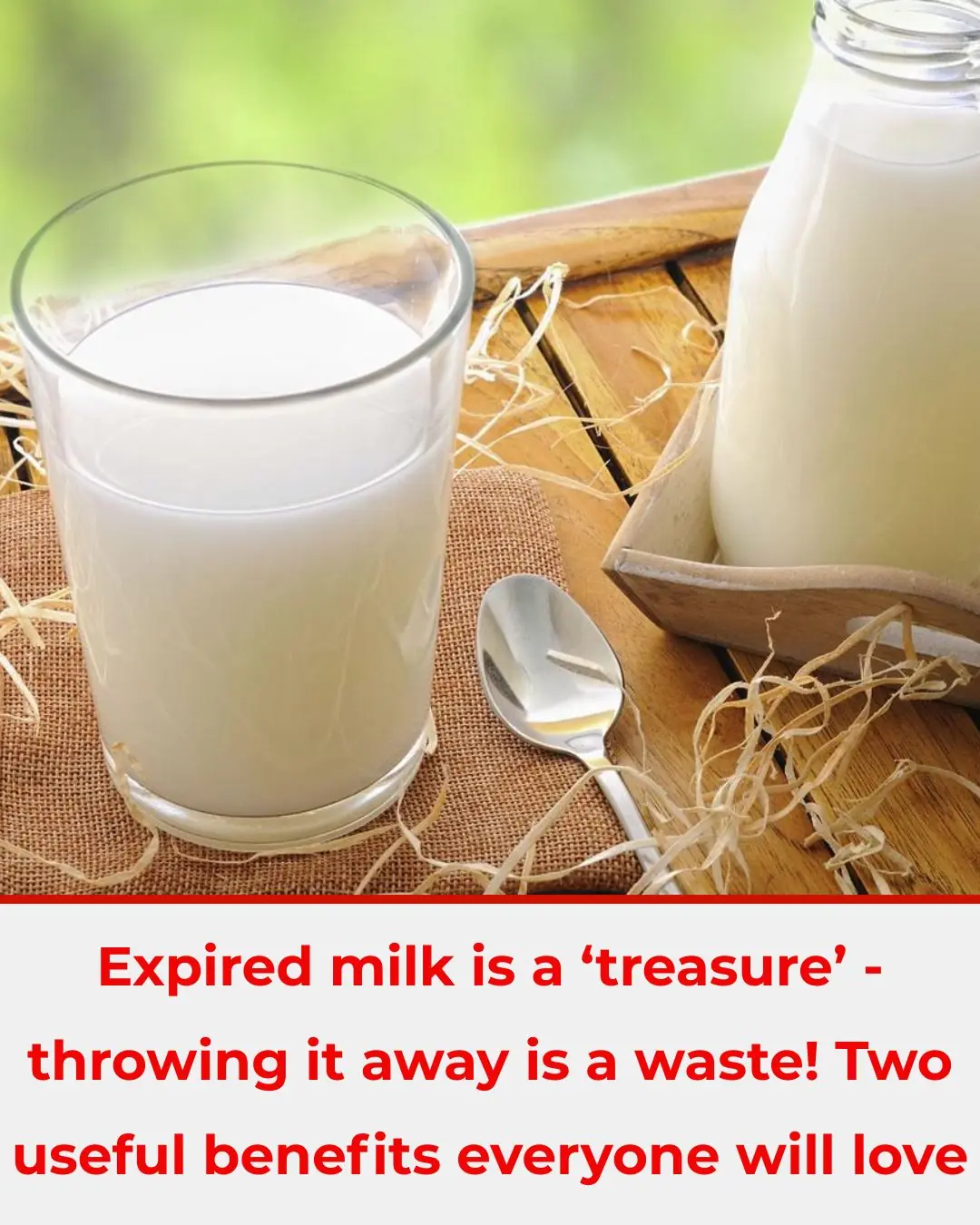
Expired Milk Isn’t Just Waste — 2 Useful Ways to Reuse It (If It’s Not Spoiled)

Sheila Brown Becomes The First Black Woman To Own A Radio Station In Buffalo, New York

Deion Sanders Delivers a Beautiful Mother’s Day Tribute to His Mom, Ms. Connie Knight

‘Never Seen Stephen A. Smith Look So Scared’: Serena’s Husband Pulls Up to Stephen A. Smith’s Workplace to Confront Him Following ESPN Host’s Comments About Tennis Star
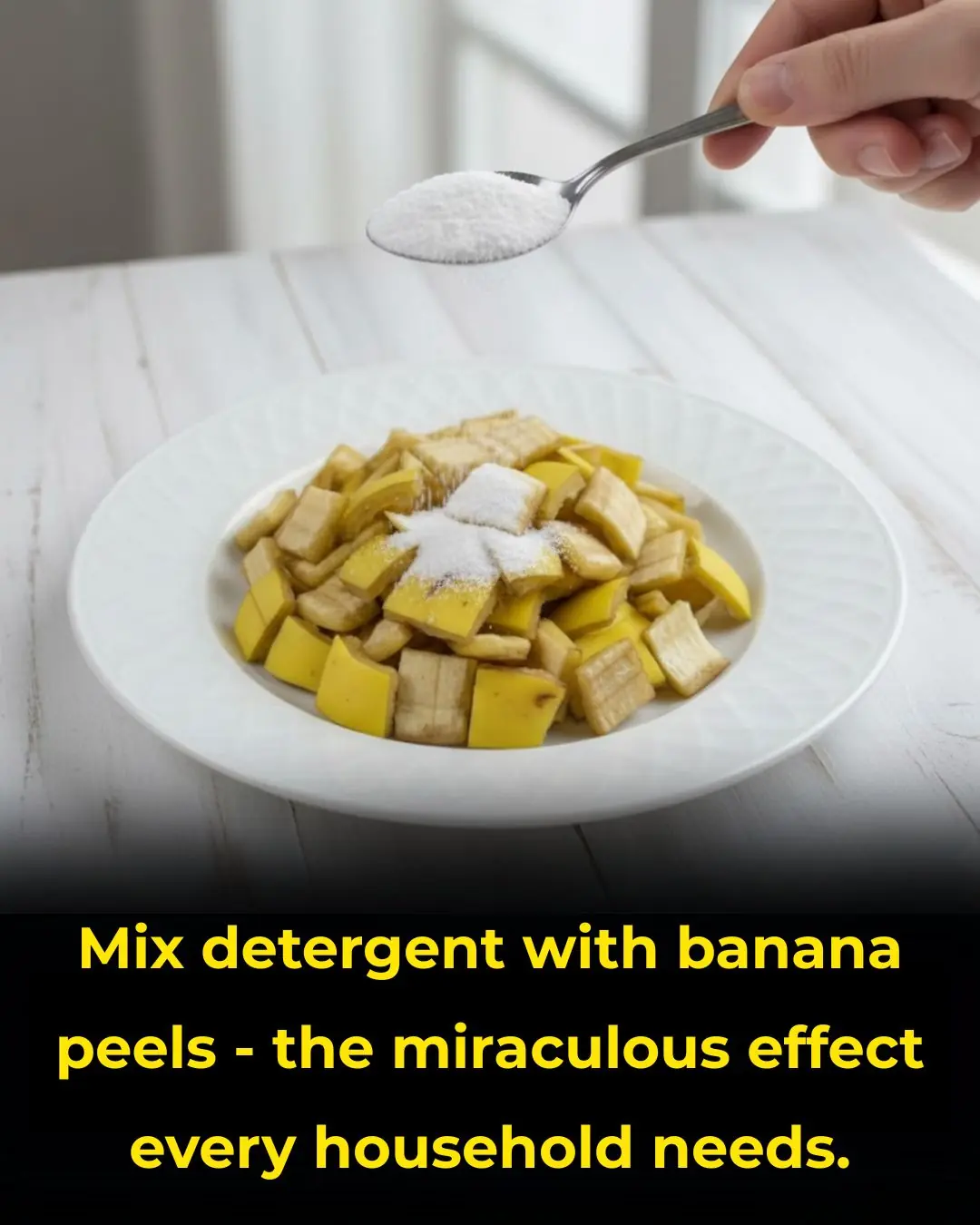
Mixing Banana Peels with Laundry Detergent — What It Claimsto Do (And What to Watch Out For)

How to Use Snake Plant (Sansevieria) for Sinusitis and Other Respiratory Conditions

Cancer “Fears” Cheap Drink — Daily Habit May Help Prevent Stroke, Lower Blood Fat, Reduce Cancer Risk
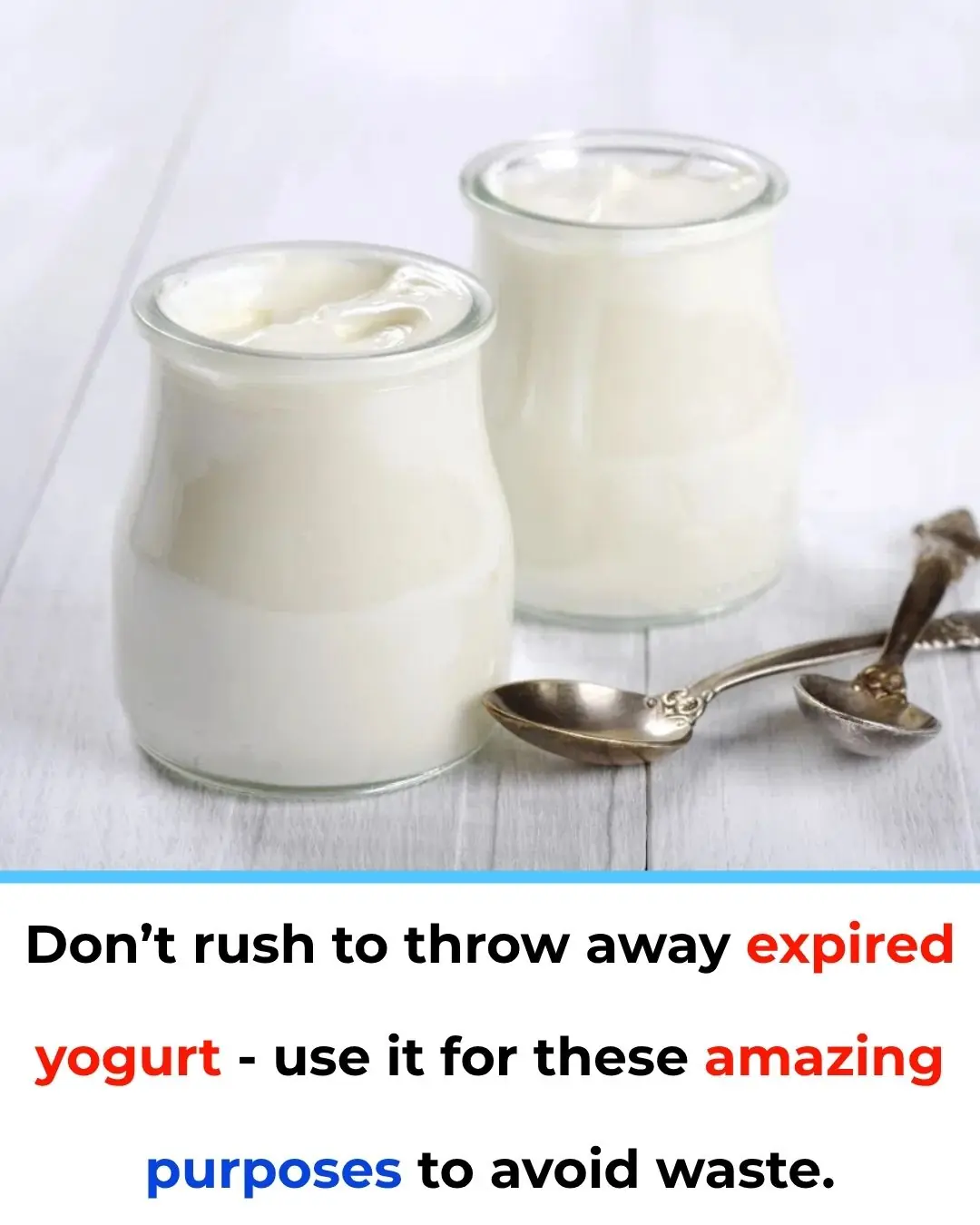
What to Do with Yogurt Past Its Expiration — 4 Creative Uses (If It’s Still Good)

How to Tell Real Honey from Fake: The “Flip the Bottle” Test and Other Tips

The 3 Best Times to Drink Perilla Leaf (Shiso) Water — and What Science Says
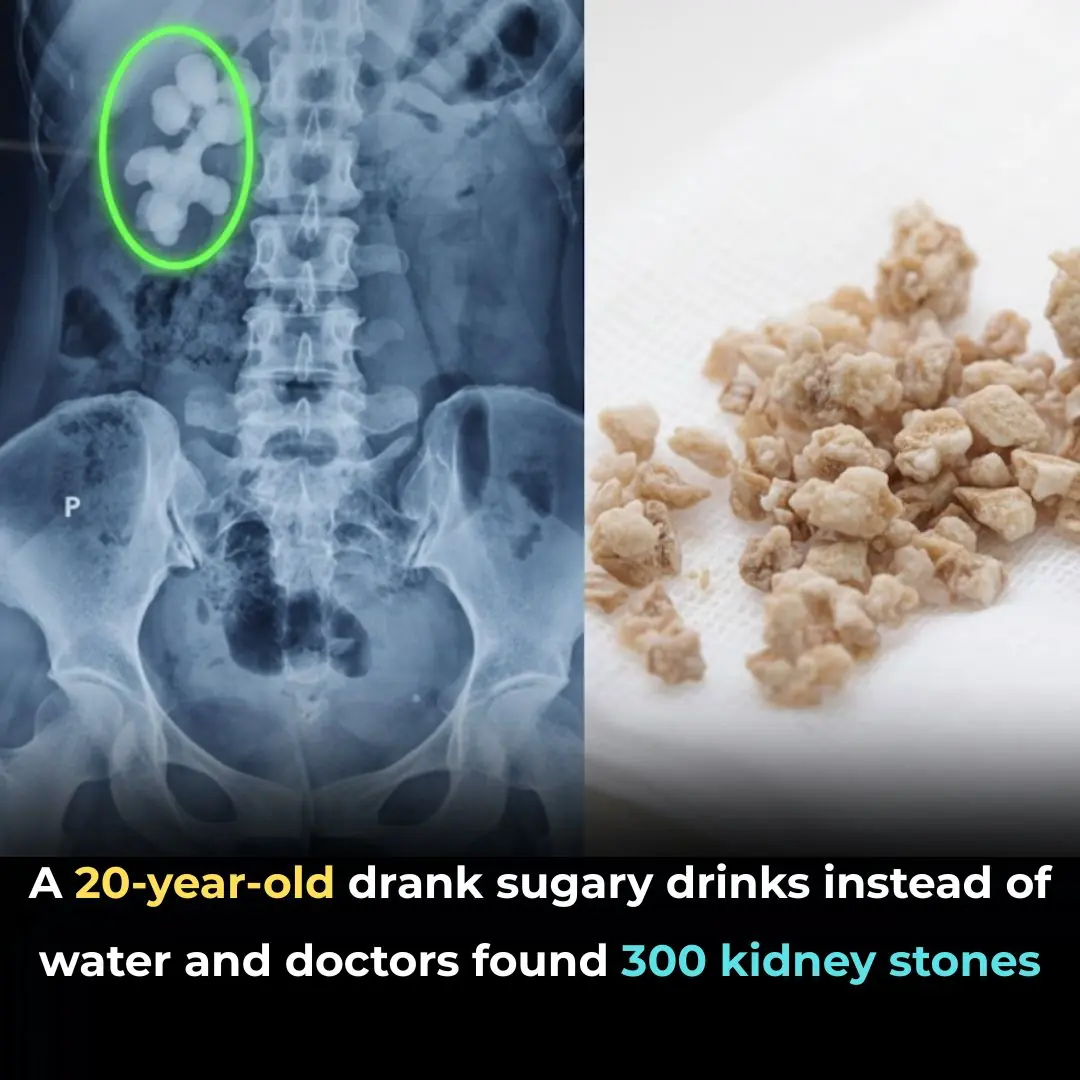
Woman in Taiwan Found With 300 Kidney Stones After Years of Drinking Bubble Tea

Priest who 'died and went to hell' after heart attack reveals what he really saw

Donald Trump warns he could use centuries-old act to send military to specific US states
News Post

The Man Who Remembers Hunger: Why One Act of Kindness Matters.

The Little Elephant Who Was Born Different: A Pink Calf in the Wild

When Love Has No Address: A Man and His Dogs

A Boy, a Soldier, and an Umbrella: A Timeless Gesture of Respect

Purslane: The Superfood That Tastes Better Than Meat – 7 Reasons to Grow It in Your Garden
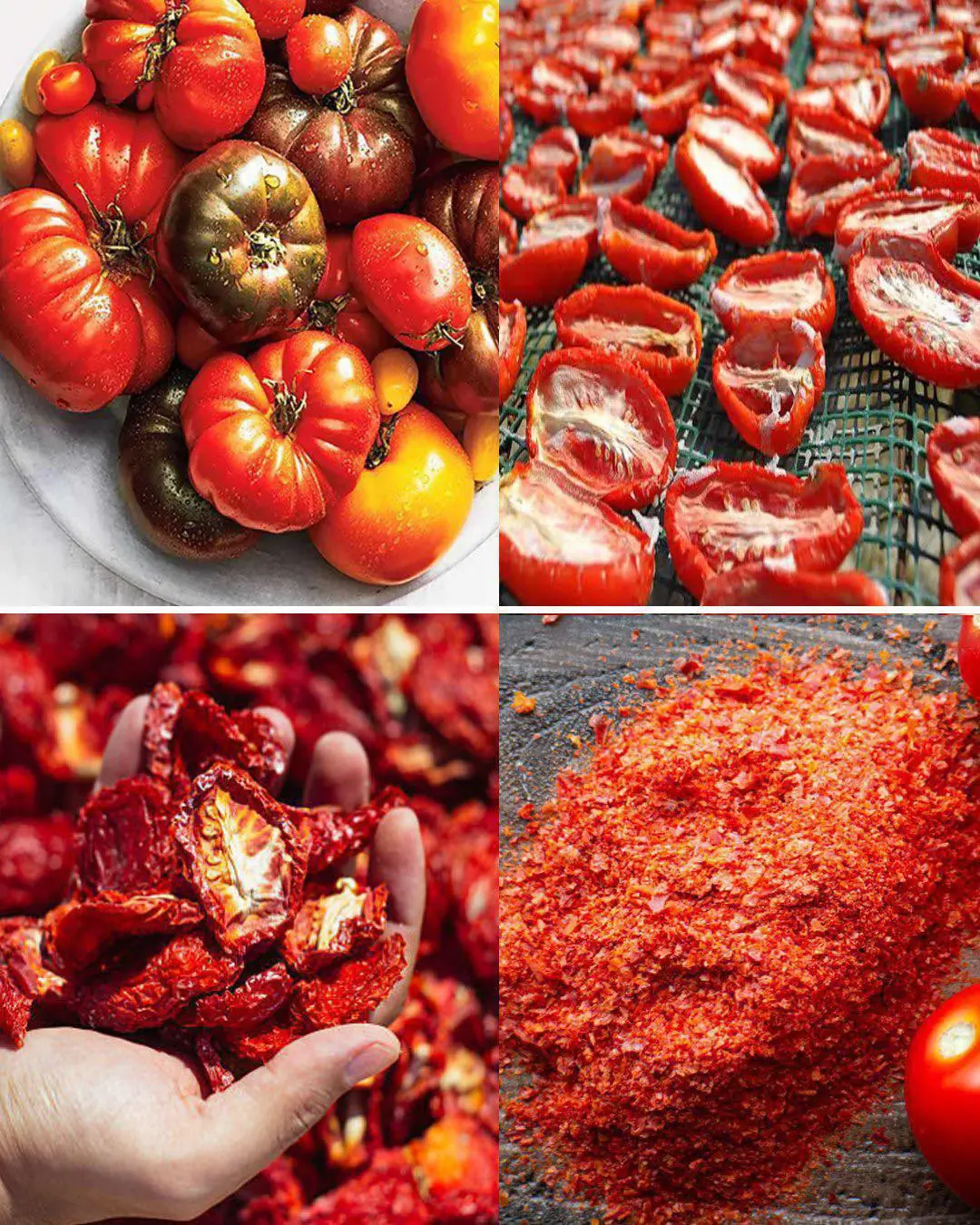
Don't Throw Old Tomatoes in the Trash.Turn them into flavorful tomato powder.

Banana Blossom: Health Benefits, Recipes, and Uses
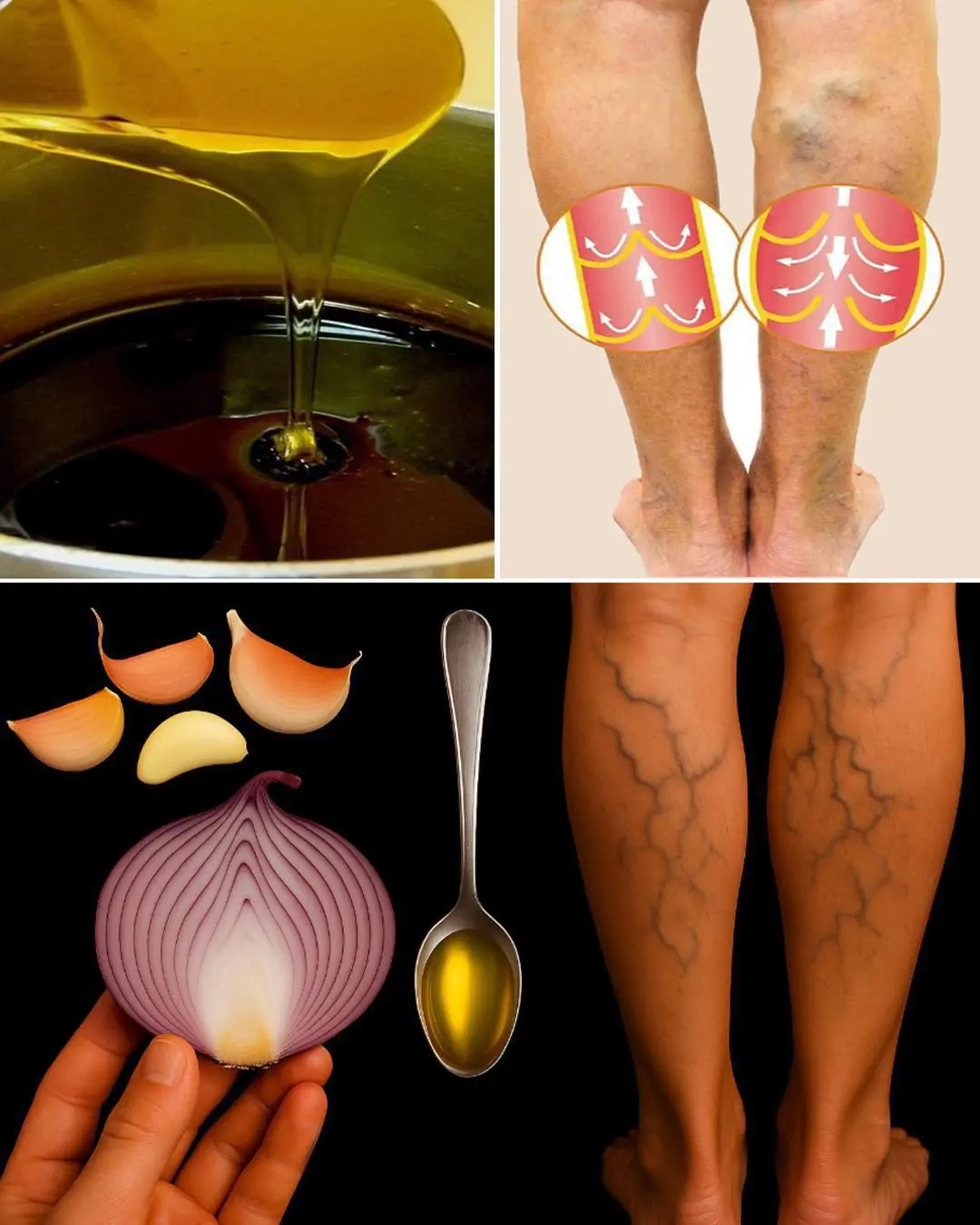
Onion, Garlic, and Olive Oil Remedy for Varicose Veins: Natural Treatment and Benefits

The Photo of the Year: A Glimpse of Courage the World Must Not Forget
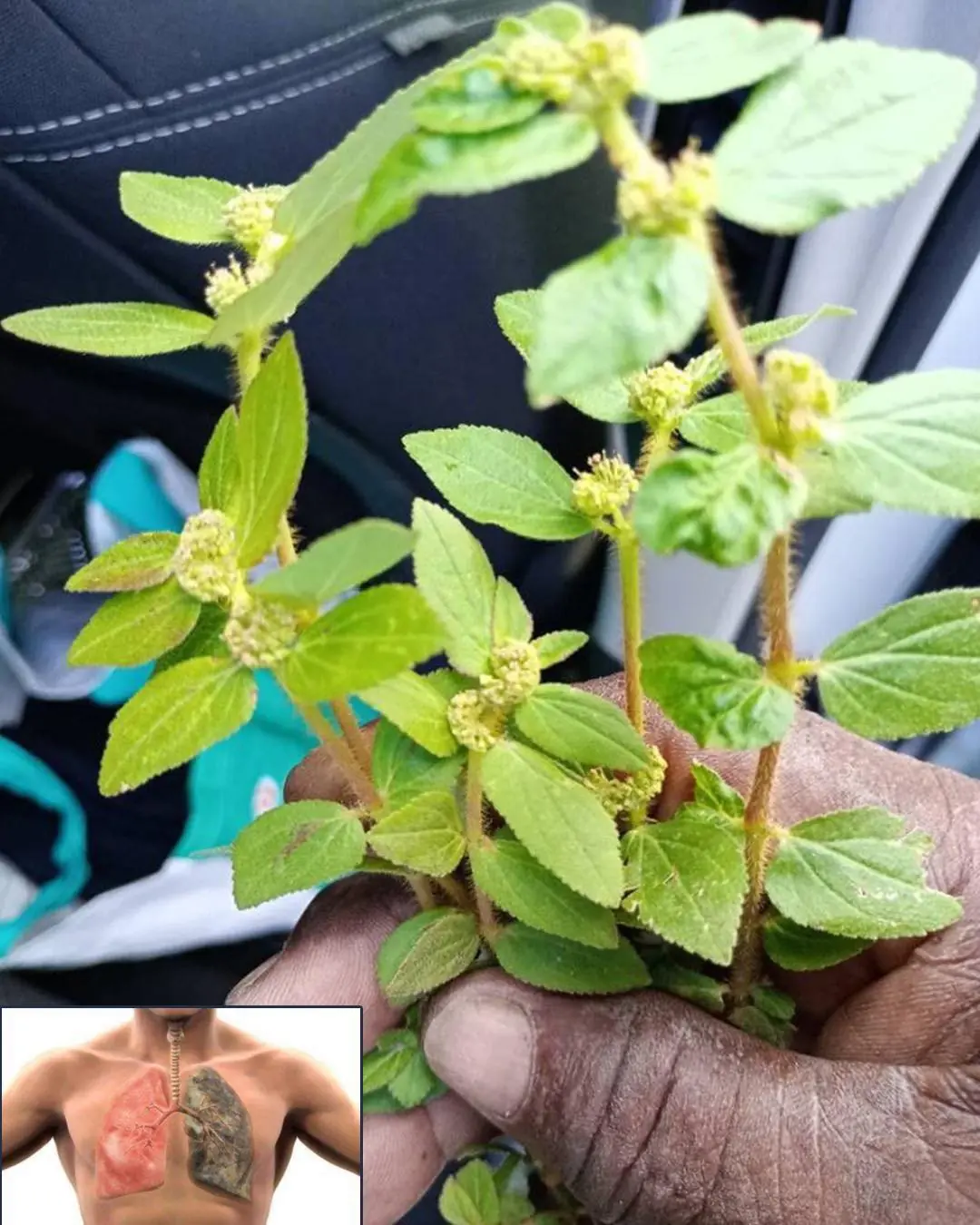
7 Surprising Benefits of Euphorbia Hirta
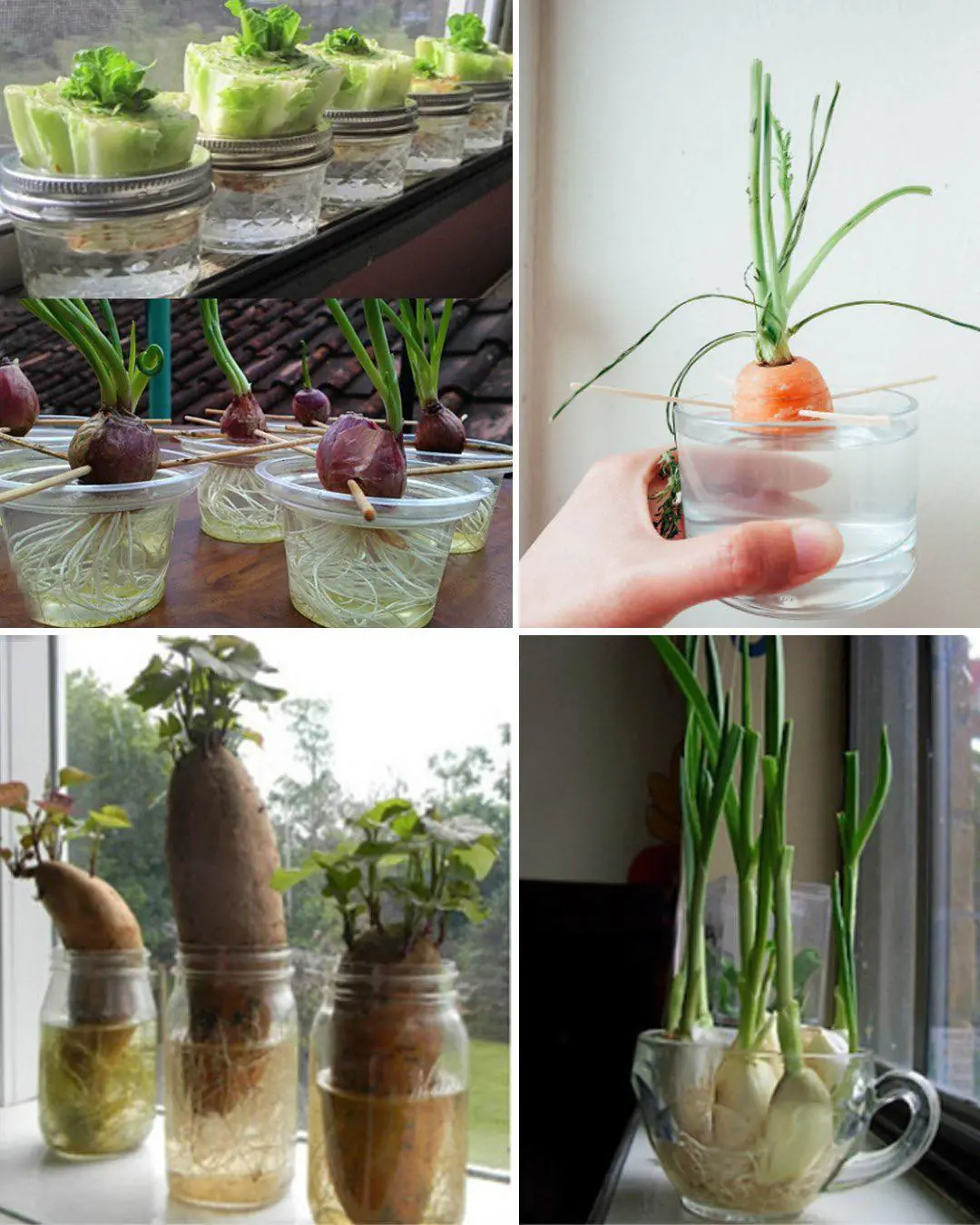
How to Regrow Food in Water: 10 Foods that Regrow Without Dirt

Firefighters Save Trapped Fawn from Storm Drain, Reuniting It with Nature

10 benefits of pigweed
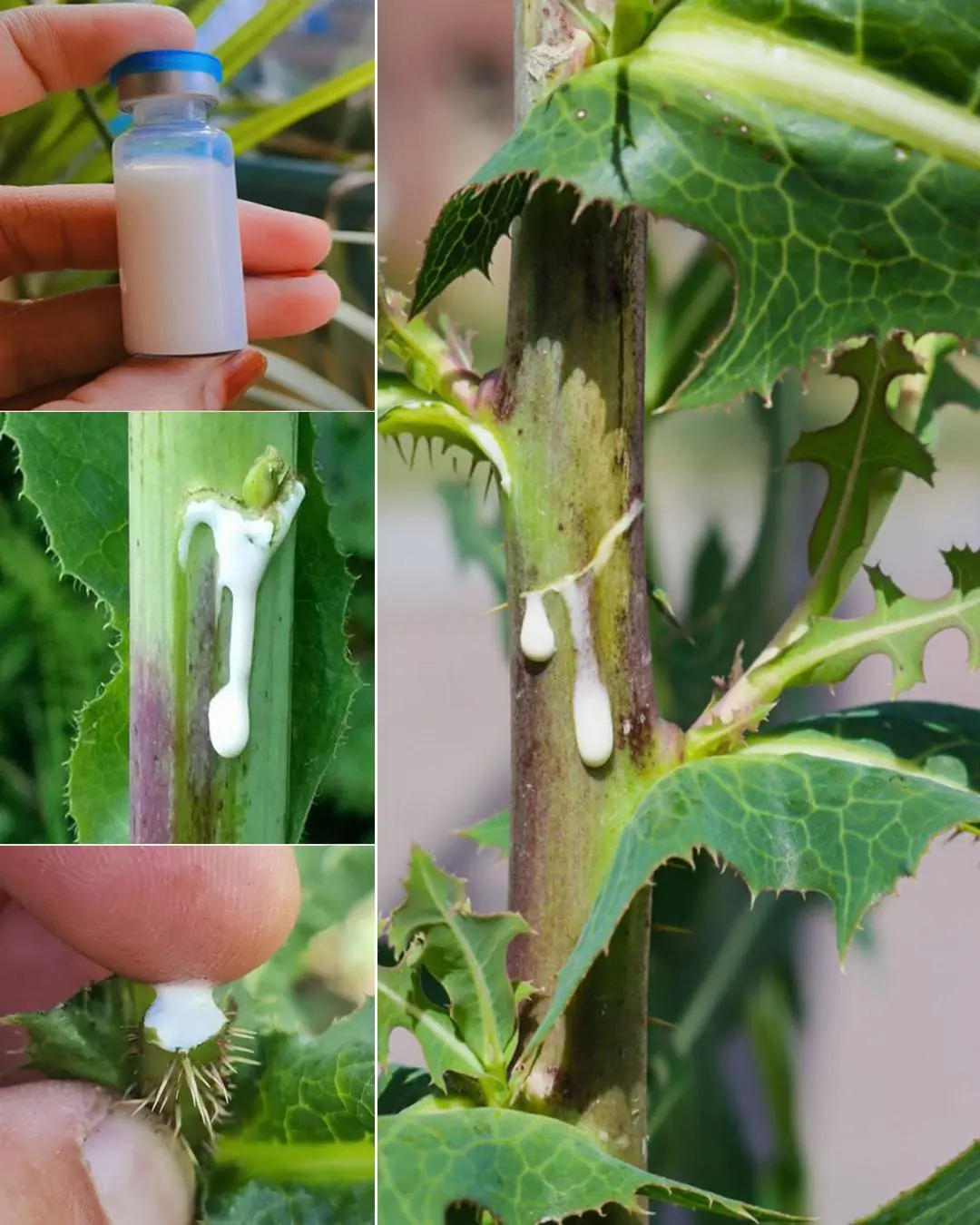
Wild Lettuce Sap: Benefits and Uses

When “Just a Dog” Becomes the Difference Between Life and Death

Teddy’s Hug: A Rescue Story of Unbreakable Love

Benny’s Redemption: A Journey from Loneliness to Love

Man has stroke after bathing right after meal: 3 mistakes you shouldn’t make

Redemption in Yarn and Paws: How a Cat Gave My Brother Back His Life
